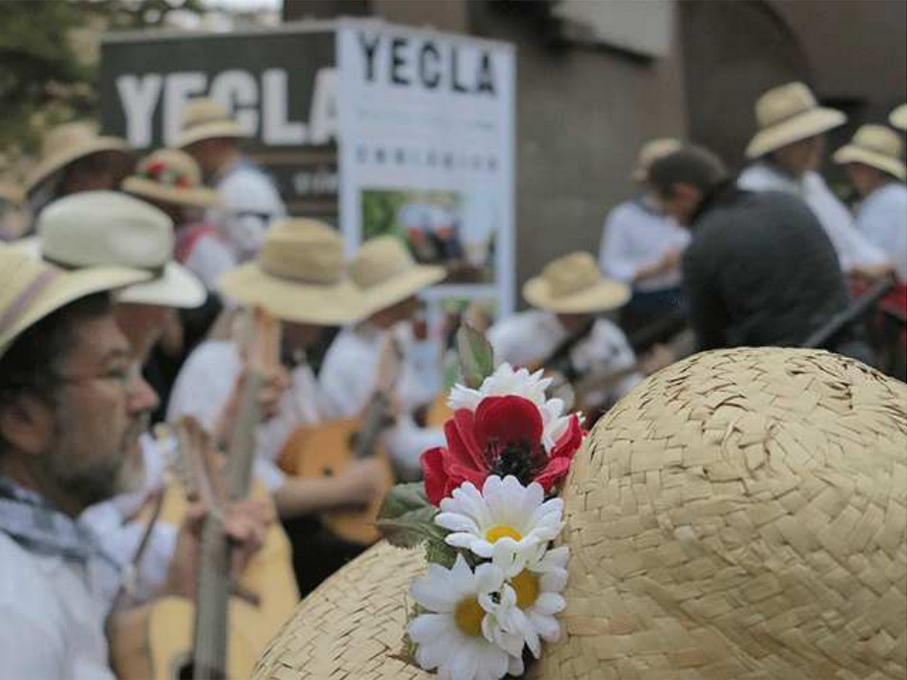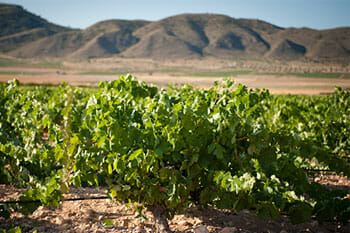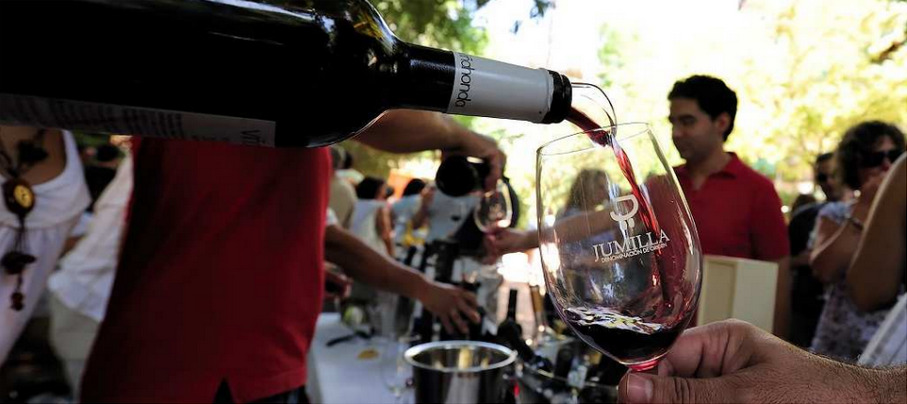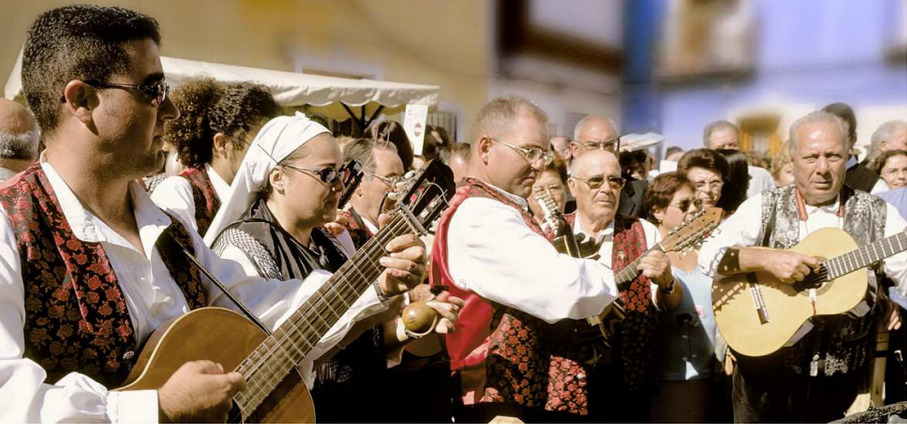HISTORY OF THE DOP JUMILLA
The Jumilla Designation of Origin has had an important winemaking tradition for centuries. Vines have been cultivated in this area since Roman times.
At Jumilla have been found oldest remains of vitis vinifera in Europe (3,000 B.C.)The Jumilla PDO Regulatory Council uses a replica of these earrings to present trophies for the wine competitions held in the appellation, as well as utensils and archaeological remains, such as the Iberian gold earrings in the shape of a bunch of grapes dating from the 4th century BC.
These and other findings have led experts to estimate the age of the winemaking tradition in this region, which forms part of the Jumilla PDO, at more than 5,000 years.
But it was in the mid-19th century when the phylloxera plague hit large areas of Europe, especially France, which led to the spectacular take-off of the Jumilla wine-growing economy, with an increase in vine plantations and a significant increase in must exports to the neighbouring country, which enriched the local agricultural sector.
With the passage of time, Jumilla will become a one of the oldest Denominations of Origin in SpainThe winery has been regulated since 1966. Since the beginning of the 20th century there has been an Oenological Station (today a Regional Agricultural Laboratory and Experimental Winery) which currently collaborates with the Control Board.
HISTORY OF THE DOP YECLA
The Designation of Origin Yecla is located in the north of the Region of Murcia. A special feature of this Denomination is that it is made up solely of a single municipality which is Yecla.
It was on 15th May 1975, when the Ministry of Agriculture granted the Denomination of Origin to this land and approved its first Regulations. From that moment on, a slow revolution promoted by small private wineries and cooperatives, with the use of new technologies, began the production of high quality red wines.
Yecla received wine from the Phoenicians and continued its expansion in Roman times. The archaeological remains found in the area of Fuente del Pinar show us important structures related to wine production during the Roman occupation between the 1st and 3rd centuries.
The vineyards were abundant when the Arabs arrived in these lands from the 8th century onwards, and cultivation was maintained by the consumption of the fruit and the unfermented must. It was in the 16th century when we find the first data on the existence of vineyards in the general statistics of Spain by Royal Decree, issued in El Pardo in 1575.
Although it was not until the second half of the 19th century when the vineyards grew to occupy the whole of its present territory. This expansion was favoured by the arrival of French merchants in the area.
HISTORY OF THE DOP BULLAS
Wine culture in the PDO Bullas is an age-old heritage. The discovery of numerous archaeological elements in different municipalities of the DO date the beginnings of wine-making back to more than 2,600 years ago. The Child of the Grapes or the Seal of Castellar are two examples where the Grape Harvest is represented and therefore the winemaking tradition of these lands.
From the 16th century onwards, the expansion of vineyards in the territory of the Bullas Denomination of Origin took place, and it became a great wine-growing area.
There is a great tradition of wine among the population of the DO Bullas territory, which has been increasing as evidenced by the presence of a large number of traditional wine cellars in both rural and urban houses. Such is the case of the old wine cellar located in the current headquarters of the Regulatory Council of the Bullas Denomination of Origin, which has such a collection of jars that the cellar can be dated back to the 18th century or even earlier.
There was a change in technology and a commitment to quality and production mainly in the 19th century with the transformation of the local vineyards from irrigated to unirrigated land, consolidating their recognition among the wines of the region. However, the expansion of the last millennium was halted at the end of the 19th century as a consequence of the arrival of phylloxera, which reached the DO Bullas territory in the year 1894 and from which a Syndicate and an Agrarian Chamber would emerge, forms of association for winegrowers to combat the situation. The farmers had to uproot the infected plants and repopulate with American vines resistant to the insect, but they were reluctant to switch to other crops.
From the 20th century onwards, in the face of the worldwide phylloxera crisis and the mildew attacks of 1933The desire to improve the wines and the abandonment of traditional techniques in favour of modern production of Fine Wines appeared. The winegrowers' associationism of the time would be the seed of the creation of the two large wine cooperatives of the DO Bullas, which emerged in the second half of the 20th century to compensate for increasingly less advantageous prices. This revolution soon required the modernisation of the wineries and even the construction of new ones, which soon happened.
The Designation of Origin was finally granted in 1994 by Order of the Ministry of Agriculture, Fisheries and Food. It covers the municipalities of Bullas, Mula, Ricote, Cehegín, Pedanías Altas de Lorca, Caravaca, Moratalla and Calasparra.





Newsletter
Copyright ©2025 Milvendimias. Todos los derechos reservados.
| Cookie | Duración | Descripción |
|---|---|---|
| cookielawinfo-checbox-analytics | 11 months | This cookie is set by GDPR Cookie Consent plugin. The cookie is used to store the user consent for the cookies in the category "Analytics". |
| cookielawinfo-checbox-functional | 11 months | The cookie is set by GDPR cookie consent to record the user consent for the cookies in the category "Functional". |
| cookielawinfo-checbox-others | 11 months | This cookie is set by GDPR Cookie Consent plugin. The cookie is used to store the user consent for the cookies in the category "Other. |
| cookielawinfo-checkbox-necessary | 11 months | This cookie is set by GDPR Cookie Consent plugin. The cookies is used to store the user consent for the cookies in the category "Necessary". |
| cookielawinfo-checkbox-performance | 11 months | This cookie is set by GDPR Cookie Consent plugin. The cookie is used to store the user consent for the cookies in the category "Performance". |
| viewed_cookie_policy | 11 months | The cookie is set by the GDPR Cookie Consent plugin and is used to store whether or not user has consented to the use of cookies. It does not store any personal data. |